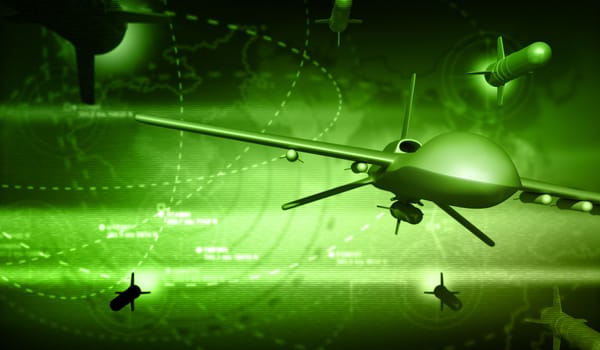Changhe Z-10 🇨🇳

The Changhe Z-10, also known as the WZ-10, is China’s first indigenous, purpose-built attack helicopter, developed to provide the People’s Liberation Army Ground Force (PLAGF) with a modern rotary-wing platform for anti-armor and close air support missions. Designed by the 602nd Aircraft Design Institute in collaboration with Russia’s Kamov Design Bureau, the Z-10 marked a significant milestone in China’s military aviation capabilities.
🛠️ Design and Development
Initiated in the mid-1990s, the Z-10 project aimed to create a dedicated attack helicopter tailored to China’s operational requirements. The helicopter features a conventional layout with a narrow fuselage, stepped tandem cockpits for the pilot and gunner, and a five-bladed main rotor coupled with a four-bladed tail rotor. The design incorporates stealth characteristics, including a reduced radar cross-section and infrared signature suppression systems.
📏 Specifications
- Crew: 2 (pilot and gunner)
- Length: 14.1 meters
- Rotor Diameter: 13.0 meters
- Height: 3.8 meters
- Maximum Takeoff Weight: 8,000 kg
- Engines: Initially equipped with Pratt & Whitney PT6C-67C turboshaft engines; later models use indigenous WZ-9 engines
- Maximum Speed: 300 km/h
- Range: 800 km
- Service Ceiling: 6,000 meters
- Armament:
- Cannon: 23mm autocannon mounted under the nose
- Missiles: HJ-10 anti-tank guided missiles, TY-90 air-to-air missiles
- Rockets: Various unguided rocket pods
- Avionics: Equipped with a modern glass cockpit, helmet-mounted sight, night vision systems, and fly-by-wire controls
- Defensive Systems: Includes radar warning receivers, laser warning receivers, infrared jammers, and chaff/flare dispensers
🔄 Variants
- Z-10: Standard version used by the PLAGF.
- Z-10K: Modified variant for the People’s Liberation Army Air Force (PLAAF) with enhanced avionics.
- Z-10ME: Export-oriented model featuring improved engines, upgraded defensive systems, and compatibility with a wider range of munitions.
🌐 Operational History
The Z-10 entered service with the PLAGF in 2009 and has since become a central component of China’s rotary-wing attack capabilities. It has been deployed in various military exercises and is believed to be stationed in regions requiring rapid response capabilities. The Z-10ME variant has been showcased internationally, including at the Singapore Airshow, signaling China’s intent to market the helicopter to foreign buyers.
🧭 Strategic Significance
The development and deployment of the Z-10 underscore China’s commitment to advancing its indigenous military technology and reducing reliance on foreign equipment. By fielding a modern attack helicopter, China enhances its ability to conduct combined arms operations, provide close air support, and engage in anti-armor warfare, thereby strengthening its overall military posture.
In summary, the Changhe Z-10 represents a significant advancement in China’s military aviation, offering a versatile and modern platform for attack helicopter operations. Its continued development and potential export reflect China’s growing capabilities and ambitions in the global defense sector.




